Powering furniture isn’t always just about sockets, or even USB charging. Projects can call for a wide variety of electrical options depending on the application, and in almost all cases OE Electrics has a solution.
OE offers several styles of data and AV connectors. Each type has its pros and cons. Typically, the fewer connection points in a data/AV cable run, the better your signal strength. Each connector type has its purpose. We can help guide you for the correct choice on your project.
In-line coupler are a small device connecting two similarly connected cables, i.e., RJ45, Cat5e, etc. to form one longer run. In-line couplers provide no signal boost. Usually, used to extend a line short distance.
are the standard snap-in type connection for a range of data and AV jacks. The cutout is standardized and available in a wide variety of mounts, i.e., wallplates, panels, etc. A cable with the appropriate mating plug attaches to the rear of the jack providing connectivity. All keystone jacks, regardless of the type of connection, fit the same cutout making them easily interchangeable. Keystones are ideal for ensuring factory quality connections and speed of installation.
Punch down jacks will fit the standard keystone cutout and are typically less expensive than in-line couplers or keystone jacks but require the installer to use a “punch down” tool to terminate the cable to the jack manually. With a qualified installer, punch down jacks provides onsite verification of signal integrity. However, manual assembly increases the installation time.
the least expensive of the most common cables used for data/AV. Designed to reduce “cross-talk,” Cat5e can have speeds of 1000 Mbps and is widely used in residential and commercial ethernet installations.
further reduces crosstalk and interference with a tighter wind of the wire and increased shielding; thus, increasing throughput to 10 Gbps. This speed is limited to 180 feet (55m) which, is less than Cat5e. While Cat6 is faster on shorter runs, it is stiffer, making it difficult to bend, and being thicker is harder to terminate.
is like Cat6. Cat6a is significantly more expensive but can maintain 10Gbps out to 328 feet (100m). The bandwidth doubles to 500 MHz and, Cat6a cables are available shielded lending them to industrial use.
is the newest category of cable. Shielding is standard and, Cat7 requires a GigaGate45 connection. Speeds are breakneck at 100 Gbps at less than 50 feet (15m) while scaling back to 10 Gbps at longer distances.
Ethernet and patch cables are essentially used in the same manner to transfer data signals. However, the former refers to the flow of information across distance while the latter is usually for shorter distances. Ethernet cables have a significant difference in construction from patch cables in that Ethernet uses solid wire to minimize signal loss over distance. Also, ethernet cables may not have connectors and can be terminated directly into the interface.
A Patchcable or cord connects or “patches” a signal from one hub/switch, or router to another for signal routing. Patch cords are manufactured in many different colors so they can be easily distinguishable and are relatively short. Patchcords are terminated with connectors on both ends and use stranded wire for flexibility.
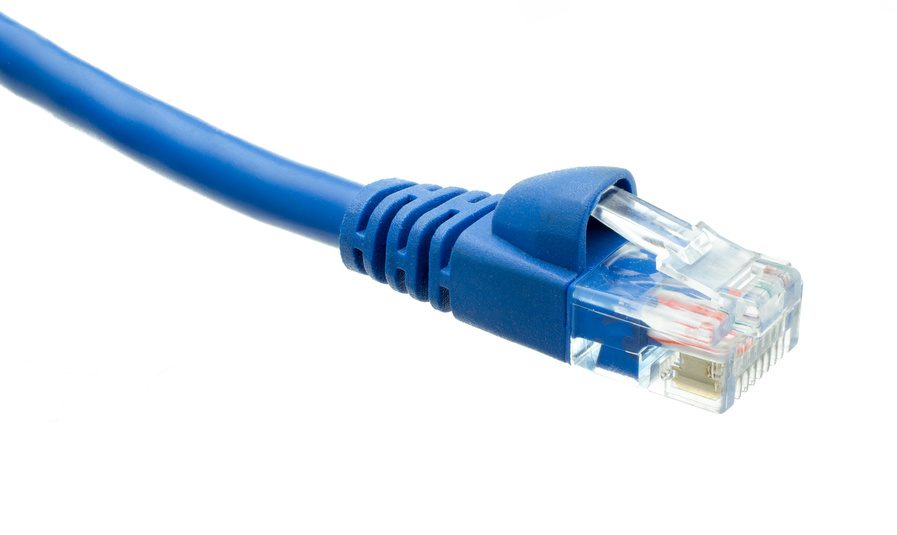
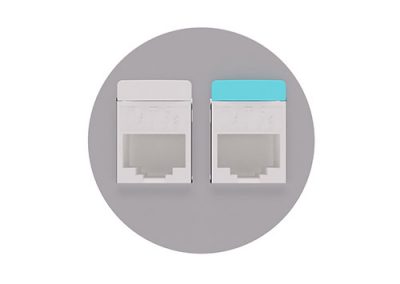
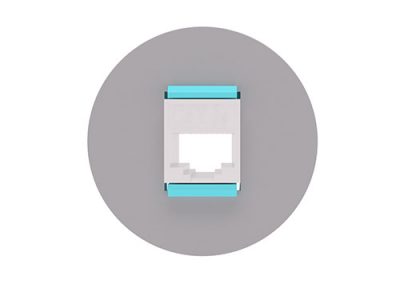
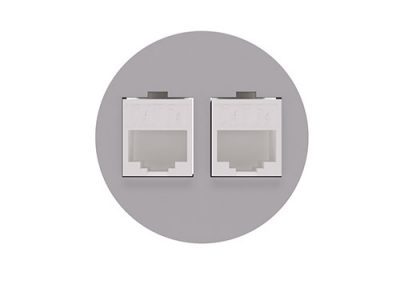
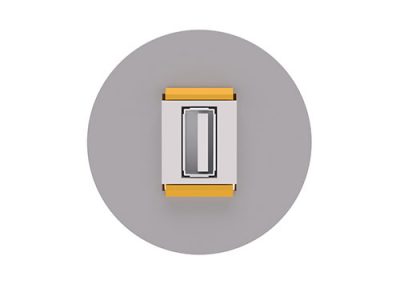
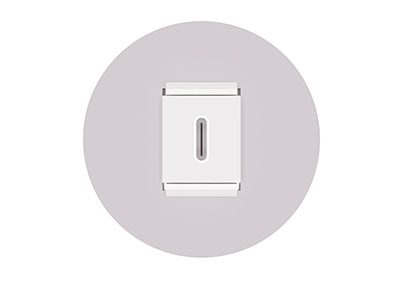
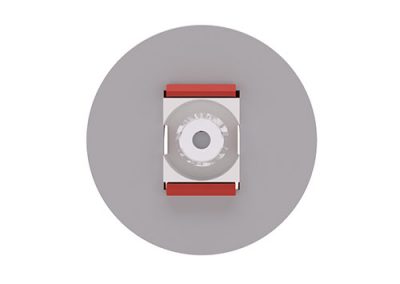
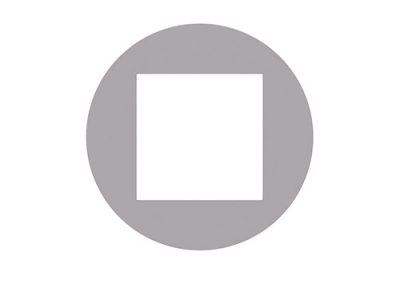

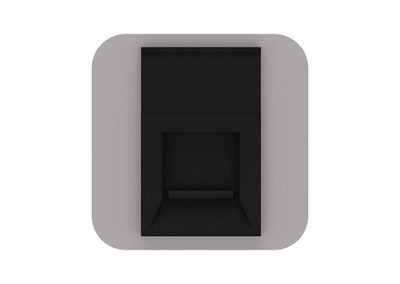
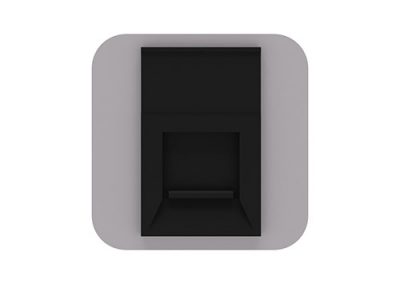
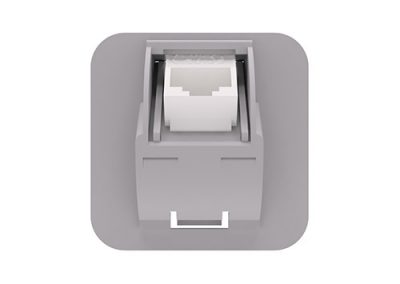
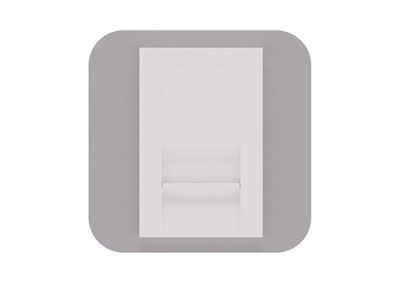

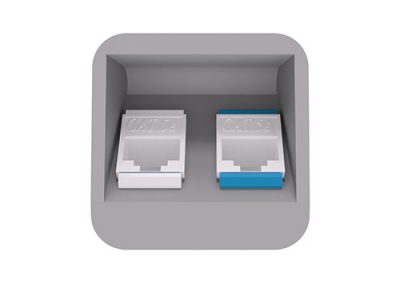
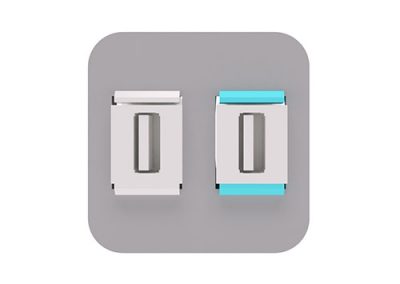

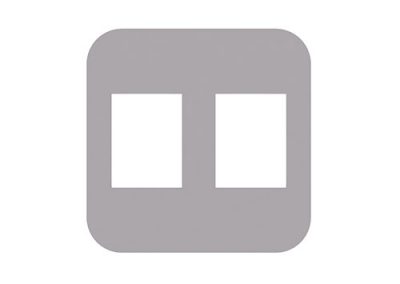

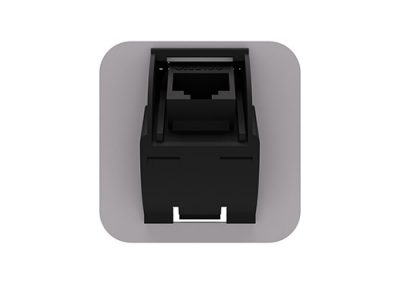
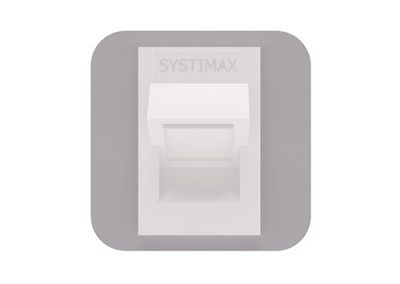
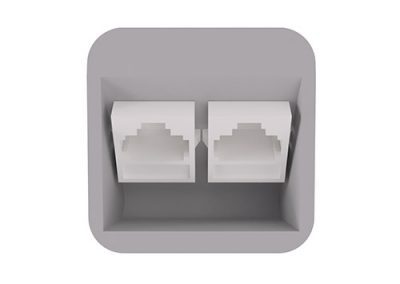
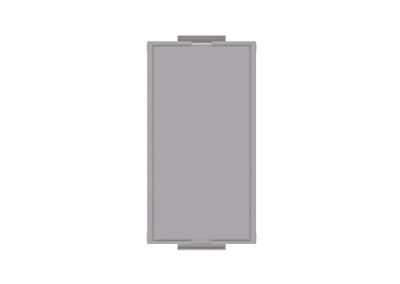
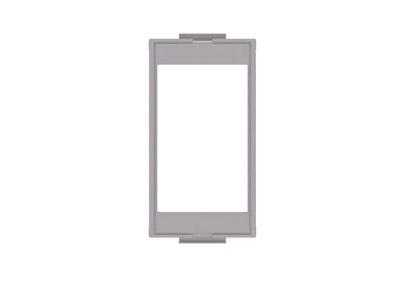
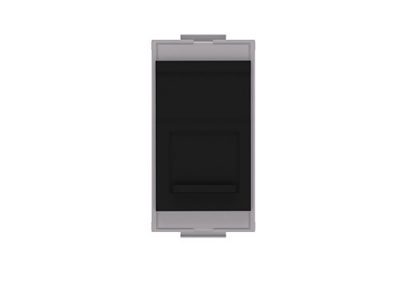
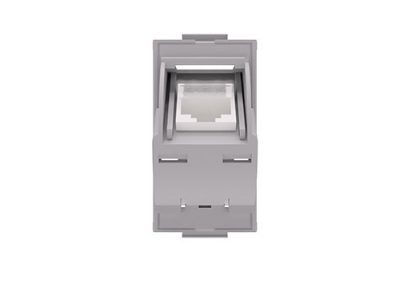
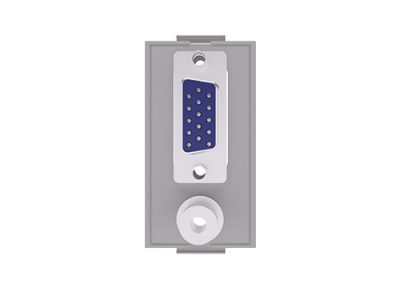
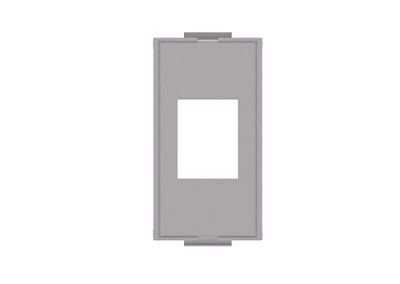
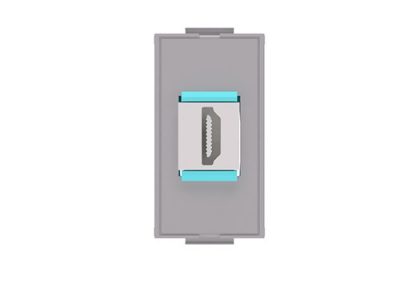

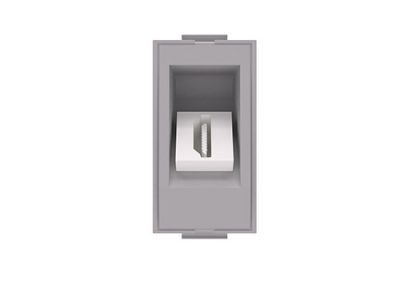
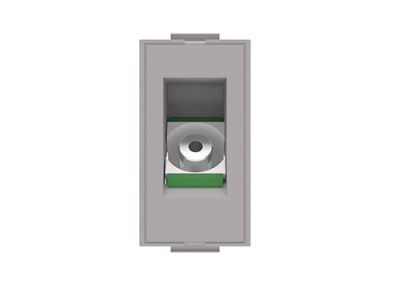
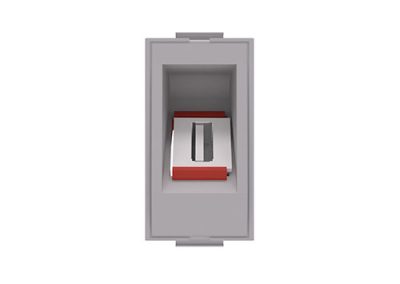
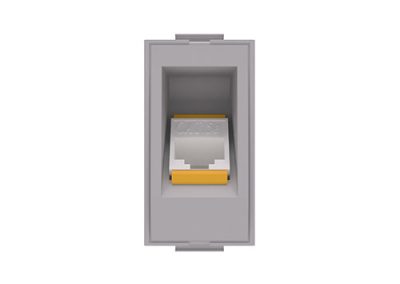
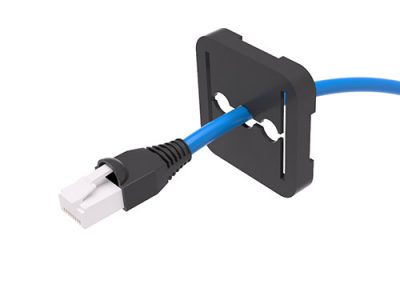
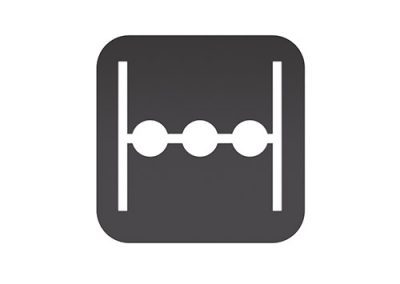
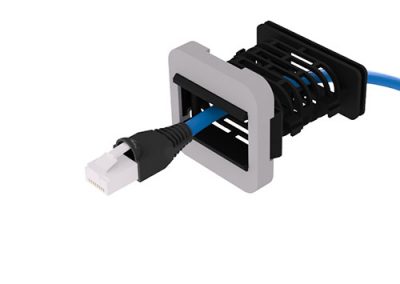
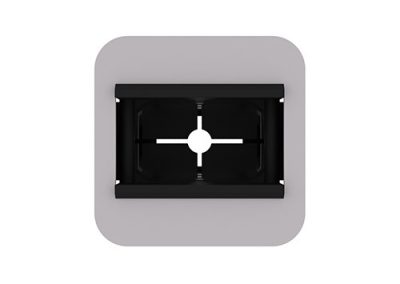
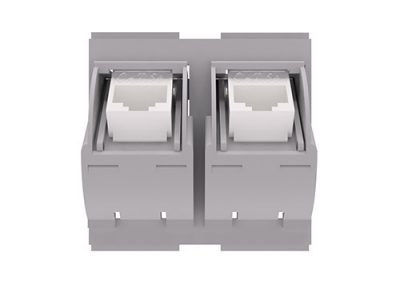
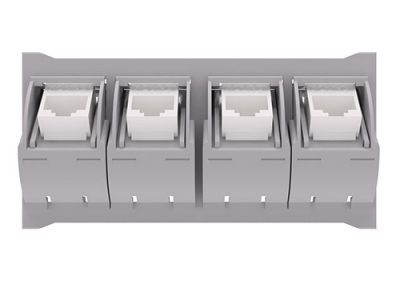
Customer Support
Tel: USA 1(844)-927-0600
sales@oeelectrics.com
Do you think you are in the wrong place? Use the drop-down below to select your region.
| Cookie | Duration | Description |
|---|---|---|
| cookielawinfo-checkbox-analytics | 11 months | This cookie is set by GDPR Cookie Consent plugin. The cookie is used to store the user consent for the cookies in the category "Analytics". |
| cookielawinfo-checkbox-functional | 11 months | The cookie is set by GDPR cookie consent to record the user consent for the cookies in the category "Functional". |
| cookielawinfo-checkbox-necessary | 11 months | This cookie is set by GDPR Cookie Consent plugin. The cookies is used to store the user consent for the cookies in the category "Necessary". |
| cookielawinfo-checkbox-others | 11 months | This cookie is set by GDPR Cookie Consent plugin. The cookie is used to store the user consent for the cookies in the category "Other. |
| cookielawinfo-checkbox-performance | 11 months | This cookie is set by GDPR Cookie Consent plugin. The cookie is used to store the user consent for the cookies in the category "Performance". |
| viewed_cookie_policy | 11 months | The cookie is set by the GDPR Cookie Consent plugin and is used to store whether or not user has consented to the use of cookies. It does not store any personal data. |